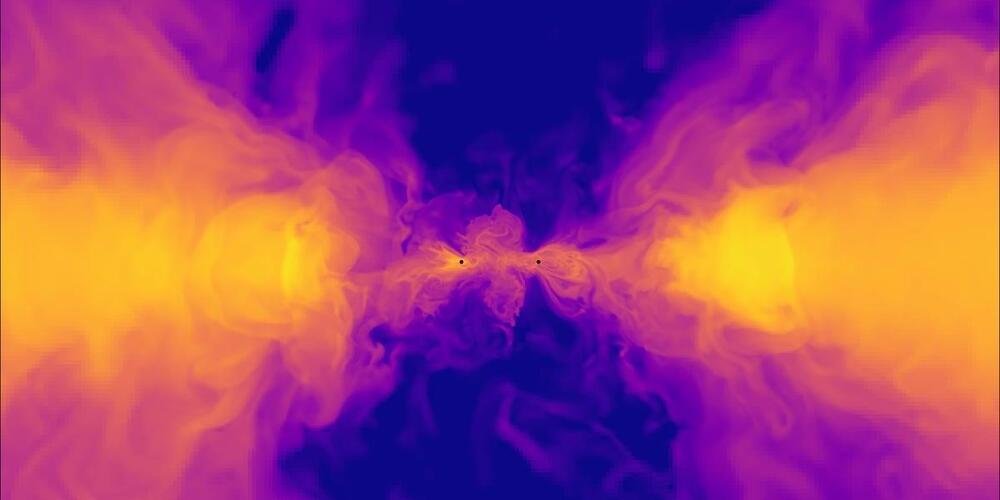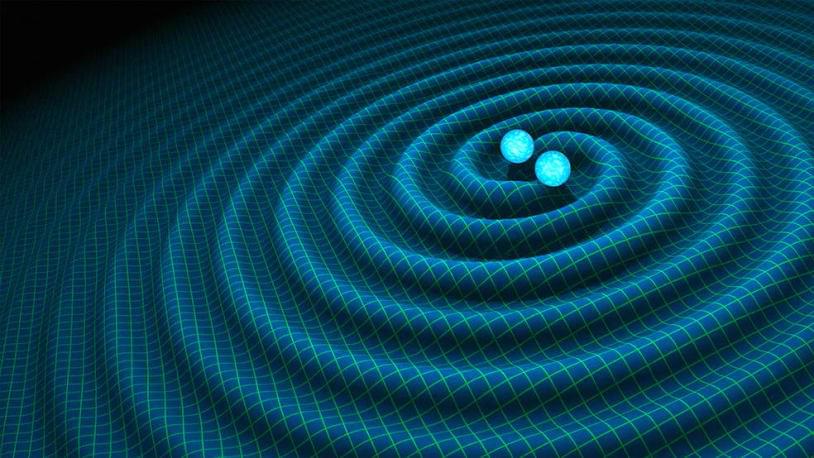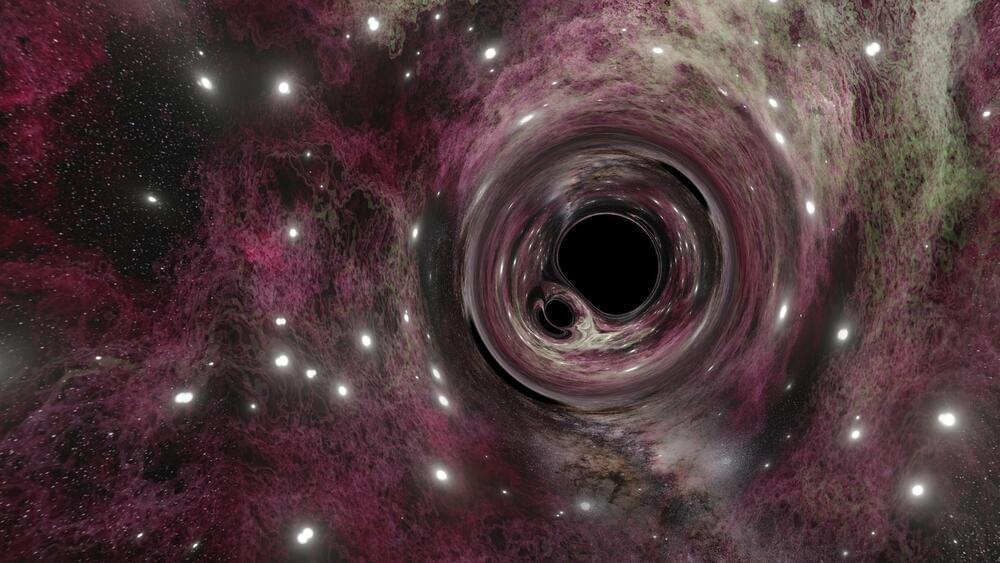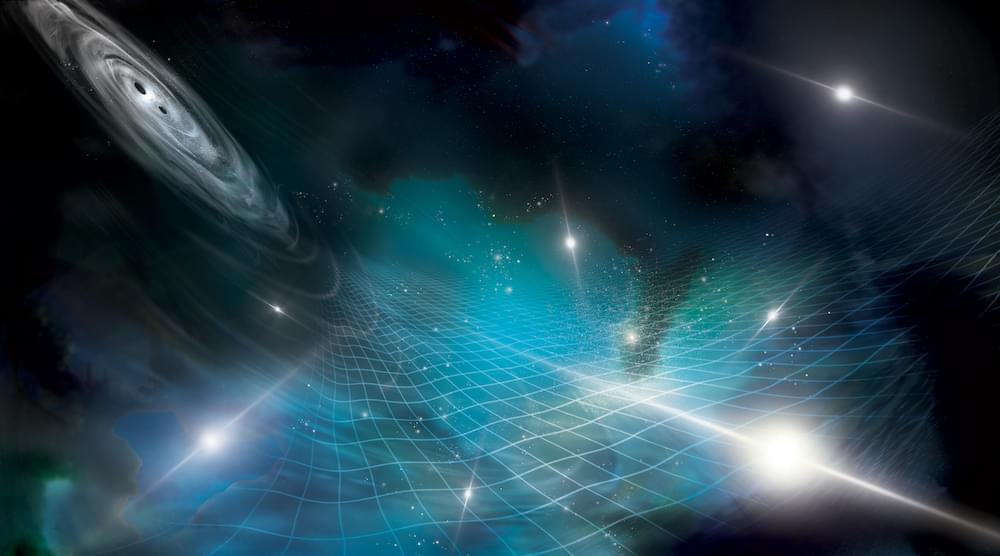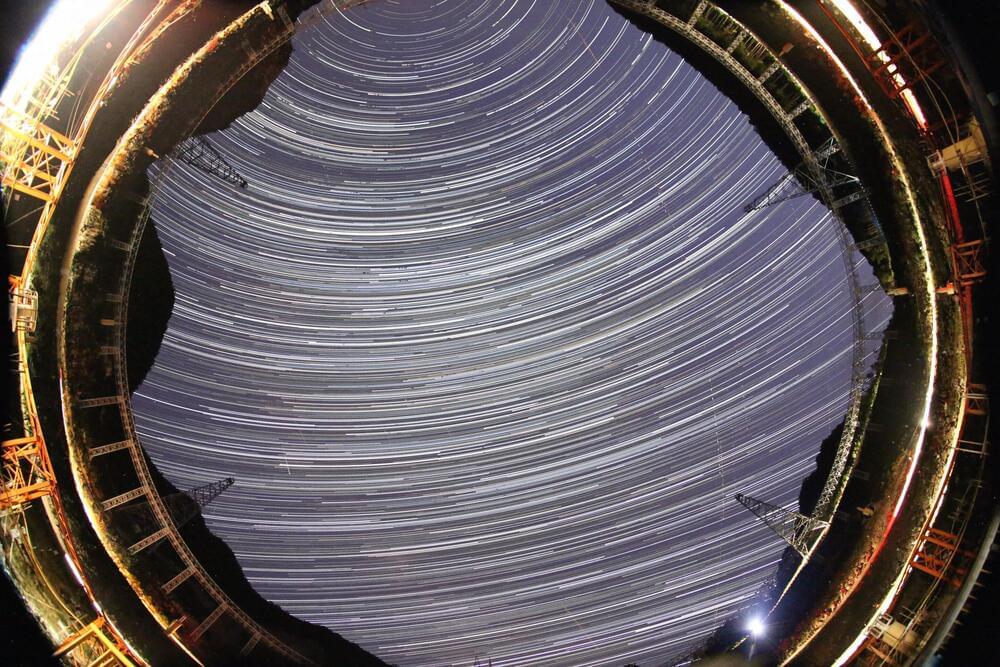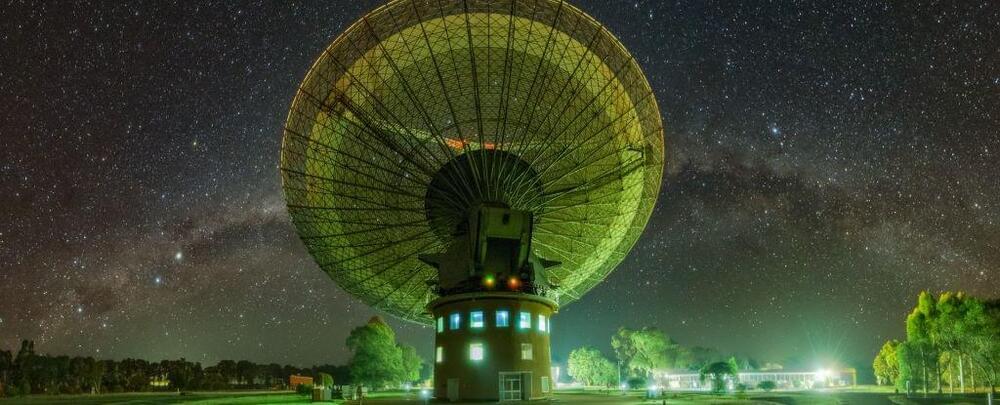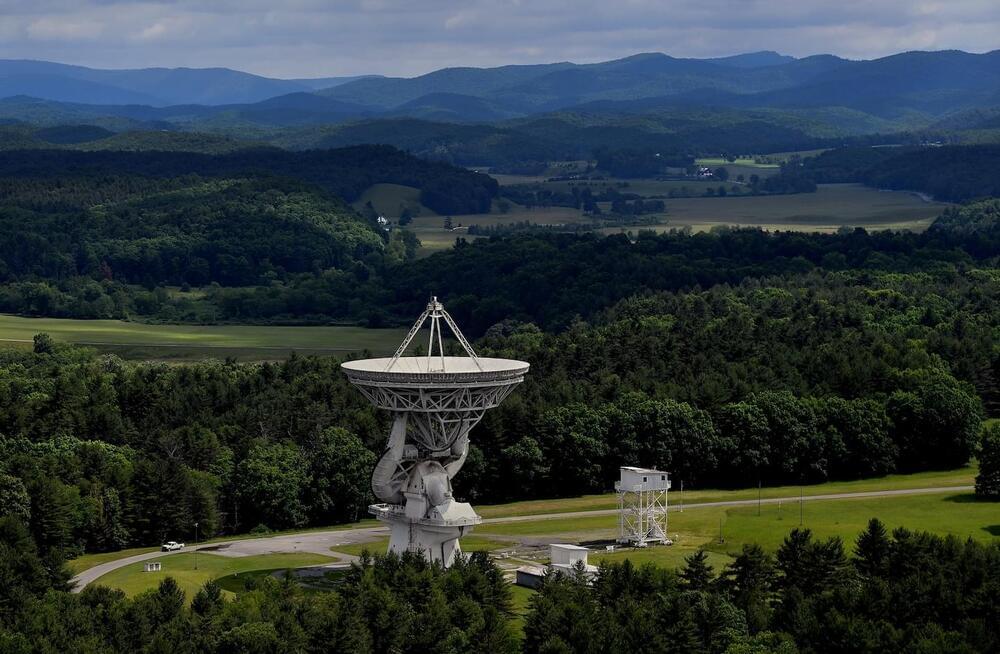
Year 2015 😗😁
Physicists in France have figured out how to optimise an advanced type of electric rocket thruster that uses a stream of plasma travelling at 72,420 km/h (45,000 mph) to propel spacecraft forward, allowing them to run on 100 million times less fuel than conventional chemical rockets.
Known as a Hall thruster, these engines have been operating in space since 1971, and are now routinely flown on communication satellites and space probes to adjust their orbits when needed. These things are awesome, and scientists want to use them to get humans to Mars, except there’s one — rather large — problem: the current lifespan of a Hall thruster is around 10,000 operation hours, and that’s way too short for most space exploration missions, which require upwards of 50,000 hours.
Continue reading “This Plasma Engine Could Get Humans to Mars on 100 Million Times Less Fuel” »
